Get Salty!
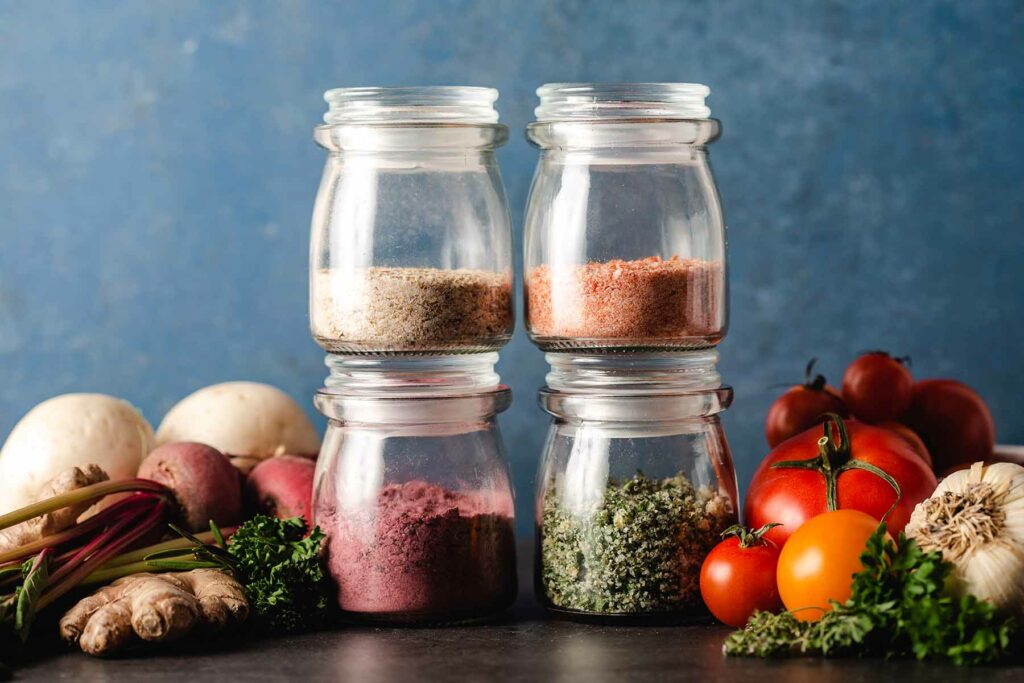
Fresh Herb Salt
You can use any herbs, but you can’t go wrong with some combination of fresh rosemary, thyme, sage, basil, oregano, chives, cilantro or dill. This salt can be used on practically anything, but it is still salt, so use sparingly. It really shines on roasted chicken, corn on the cob or sliced tomatoes.
1-2 garlic cloves, optional
2 C. lightly packed herbs
½ C. fine sea salt or fine Himalayan pink salt
Begin chopping the garlic and herbs, then add the salt to the cutting board and continue to chop until everything is finely minced and uniform in texture. Spread onto a baking sheet lined with parchment paper and let dry uncovered on the counter overnight. The herbs and garlic should be dry to the touch.
To speed up the process, heat the oven to 175° and put the baking sheet in. Turn off the oven and leave the baking sheet in for a few hours or until the herbs are dry to the touch. Once the herb salt is completely dry, store in sealed jars in a dark and cool pantry for 1 to 2 months. The best place to store and avoid possible mold is in the refrigerator. The herb salt will last 4 to 6 months in the refrigerator in a sealed jar.
Vegetable Peel Salt
No matter which vegetable you use here, the process is the same. You can get creative with your choice of vegetables but a good place to start is with tomatoes, beets, carrots, ginger, parsnips, celeriac, radishes or turnips. These salts will enhance the flavor of any dish that includes those vegetables: roasted beets or beet hummus finished with a sprinkle of beet salt, a tomato and mayonnaise sandwich finished with a sprinkle of tomato salt, a curry or stir-fry finished with a sprinkle of ginger salt, a Bloody Mary cocktail rimmed with tomato salt. The possibilities are endless …
To remove the skins from tomatoes, make a small x on the bottom of each tomato with a knife. Drop into boiling water until you start to see the skin peel away from the fruit, about 2 minutes. Remove them with a slotted spoon and plunge them into a bowl of ice water. When cool enough to handle, peel away the skins.
For other vegetables, scrub under cold water to remove any dirt or debris. Peel away the skins, leaving behind as much of the flesh as possible.
Weigh the peels of each vegetable and spread them out on parchment-lined baking sheets, keeping each vegetable separated on its own baking sheet. Sprinkle an even amount of salt by weight on top of the peels: for example, 80 grams of tomato skins sprinkled with 80 grams of salt. Place in a 200° oven to dry for 3 hours or more. The skins should snap in half, not bend, once they are completely dried. Keep drying in the oven if the skins bend.
Grind the dried skins and salt from each baking tray in a mortar and pestle to create a fine and even mixture. Tougher peels from beets and other root vegetables may need to be pulsed in a food processor. Store salts in labeled and sealed jars in a cool, dark place for 2 to 3 months.
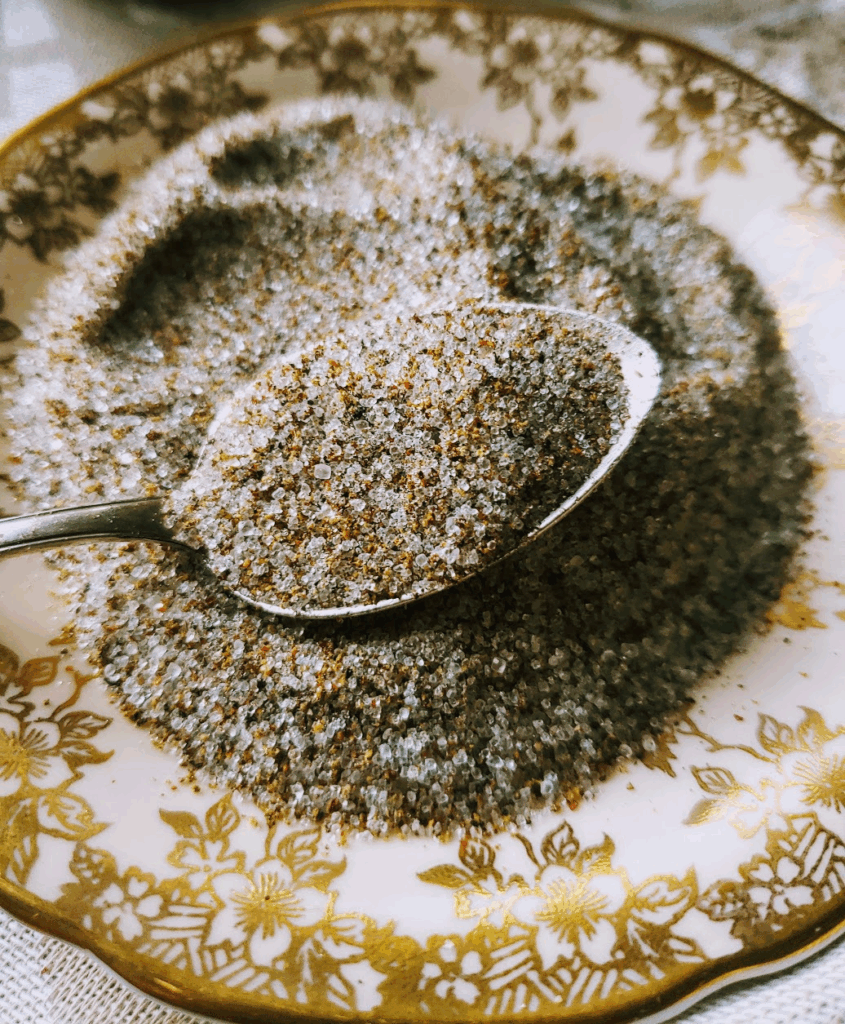
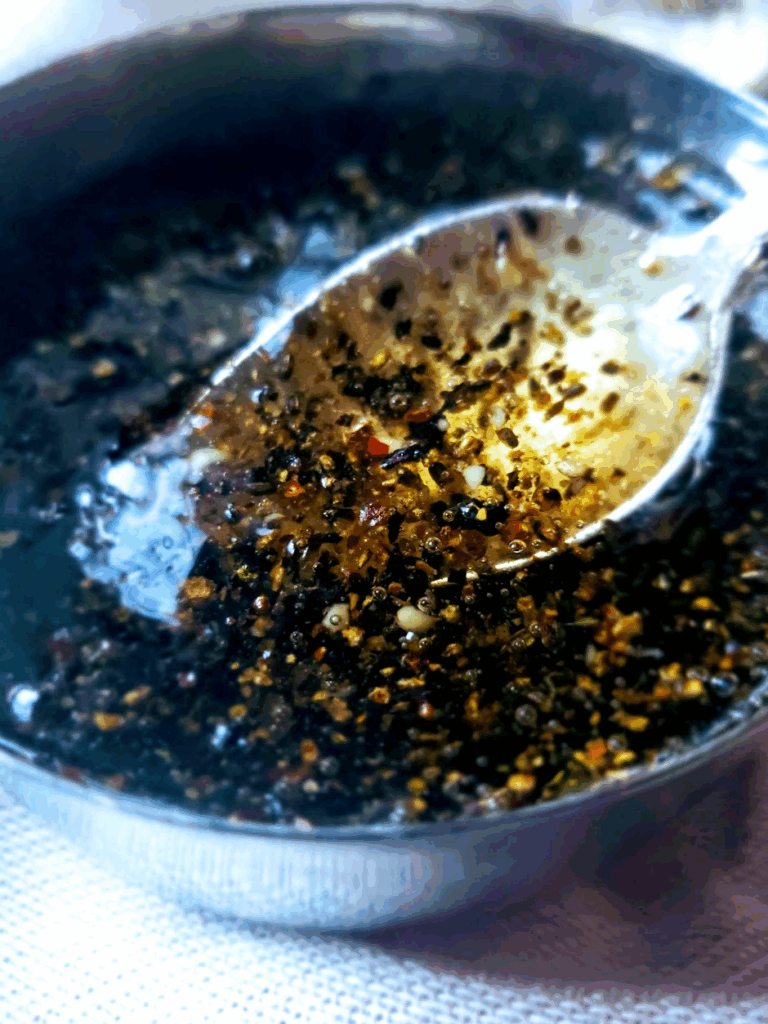 Wild Spice Infused Honey
Wild Spice Infused Honey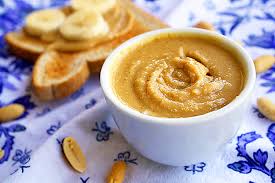 Homemade Vanilla-Honey Peanut Butter
Homemade Vanilla-Honey Peanut Butter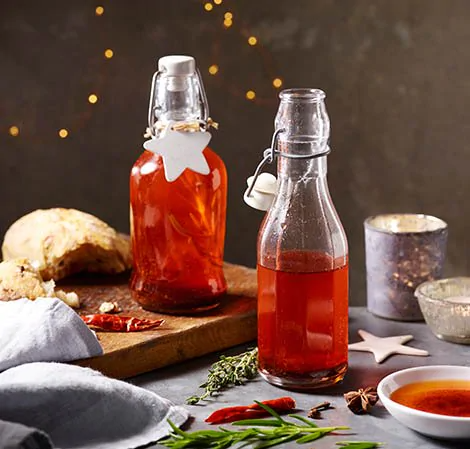 Chili Oil
Chili Oil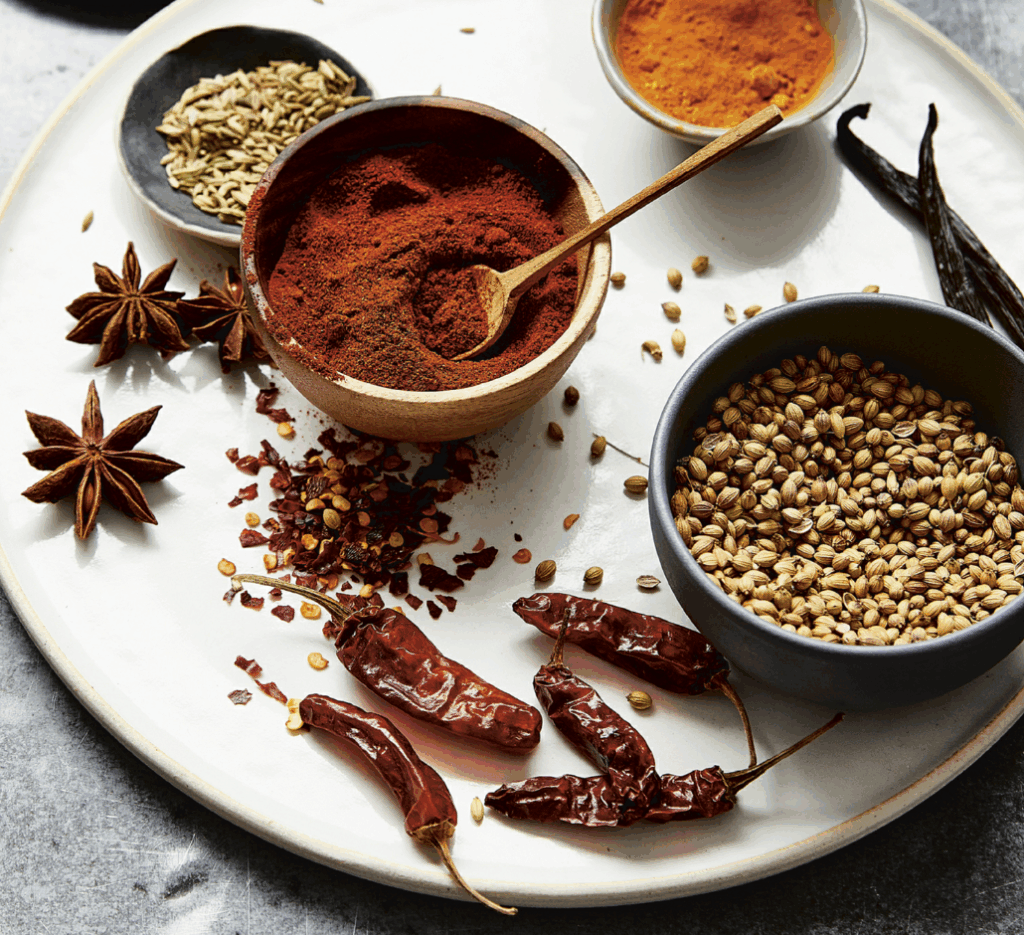 Chili Powder
Chili Powder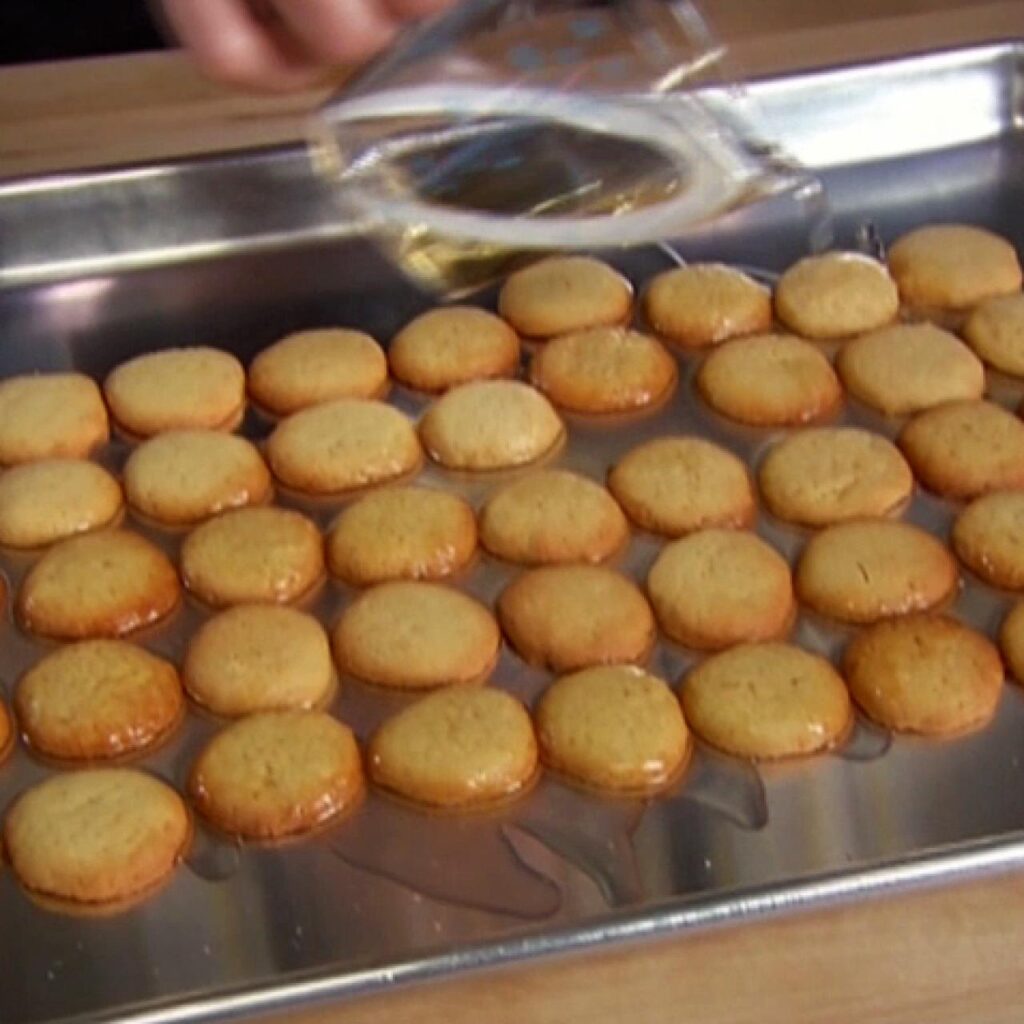 Vanilla Wafer Cookies
Vanilla Wafer Cookies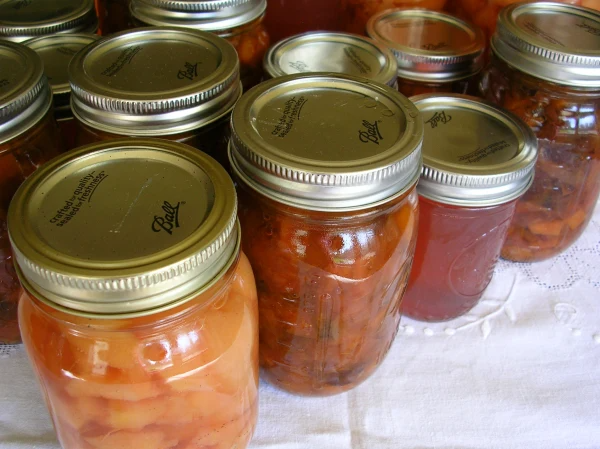 Spiced Quince Sauce
Spiced Quince Sauce Cream of Anything Soup
Cream of Anything Soup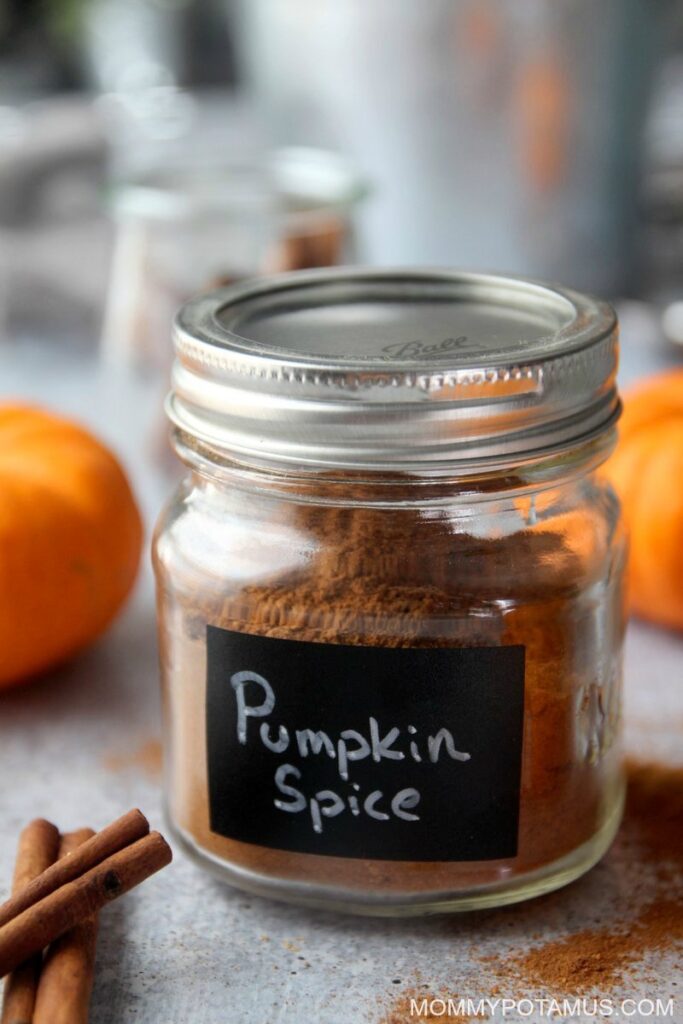
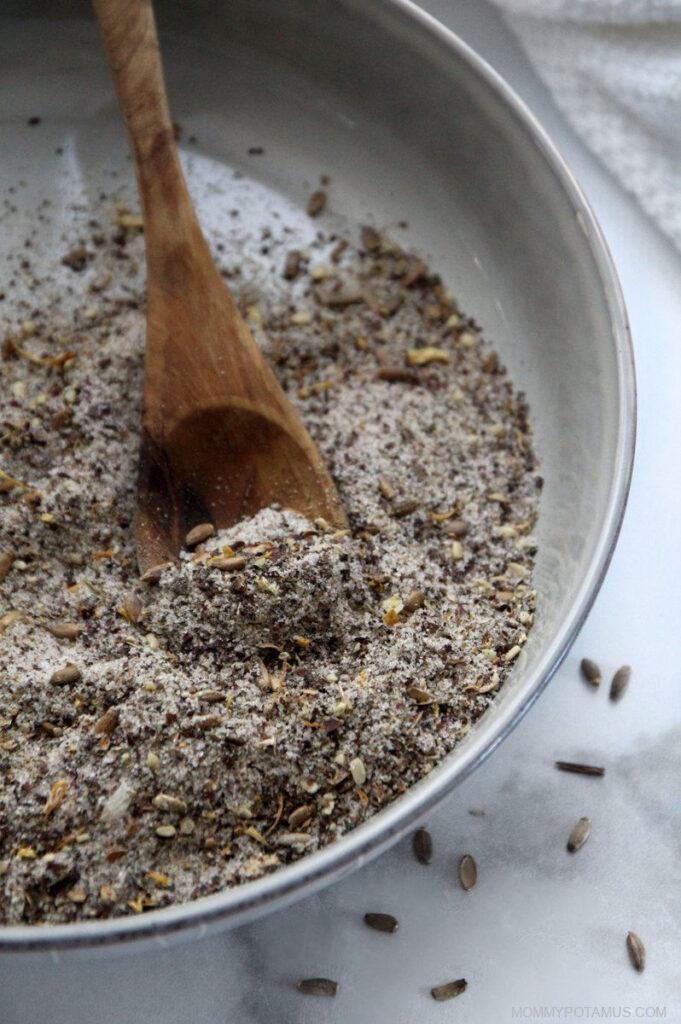 Savory Milk Thistle Seasoning
Savory Milk Thistle Seasoning Crab Apple Jelly
Crab Apple Jelly Homemade Cream Cheese
Homemade Cream Cheese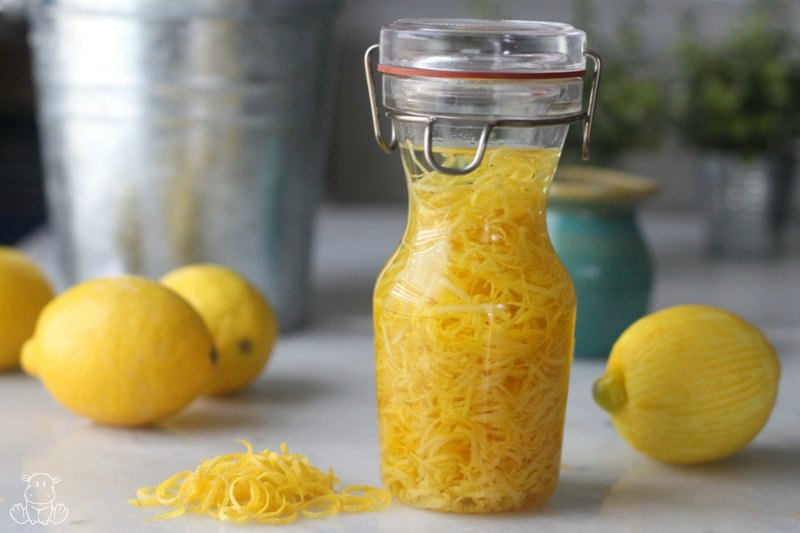 Lemon Extract
Lemon Extract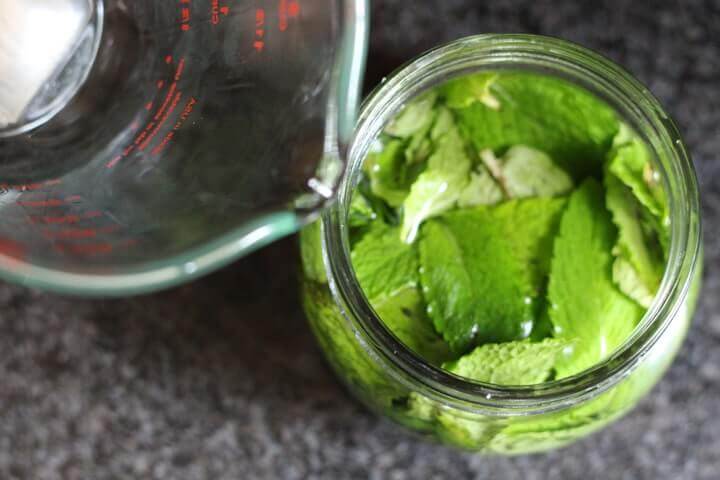 Mint Extract
Mint Extract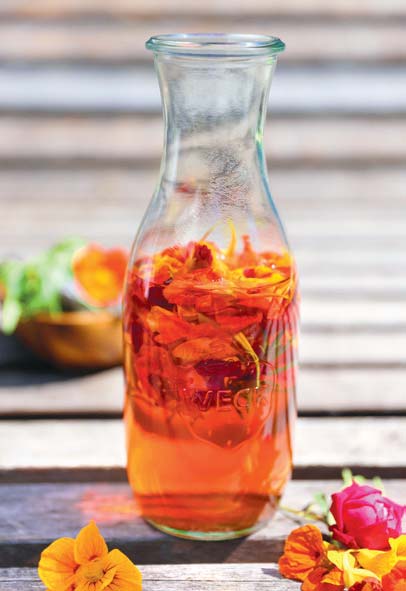 Peppery Nasturtium Vinegar
Peppery Nasturtium Vinegar
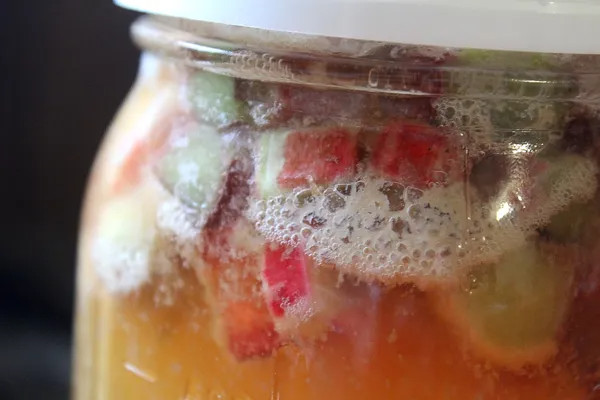 Rhubarb Mead (Honey Wine)
Rhubarb Mead (Honey Wine)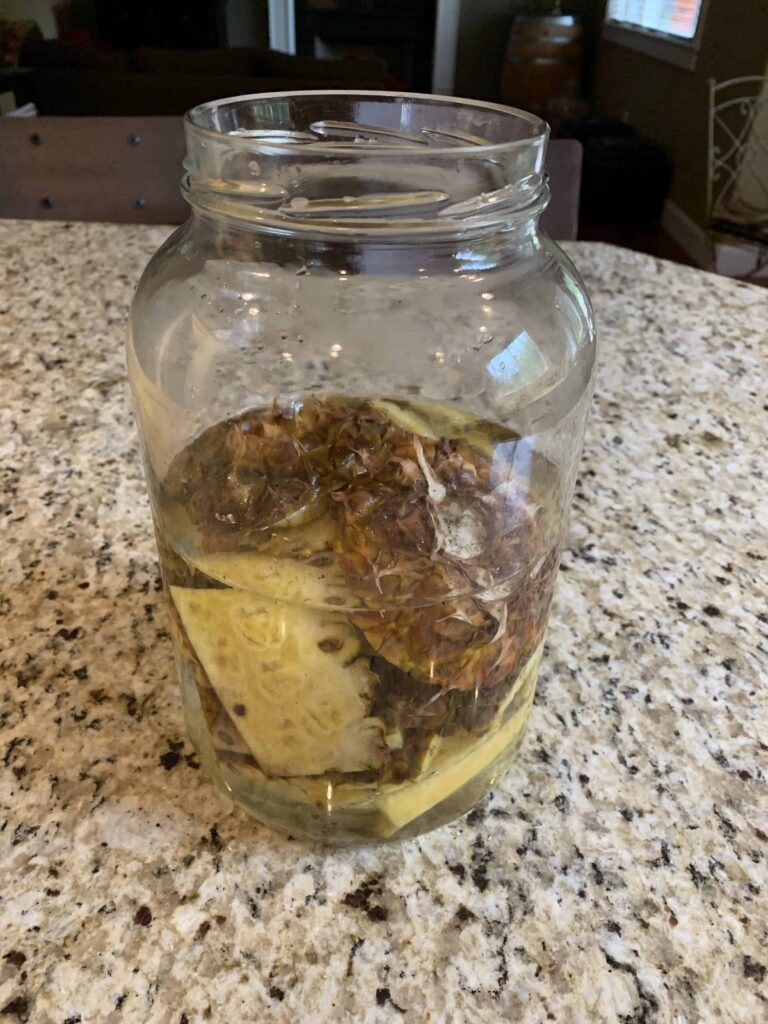 Pineapple Scraps Vinegar
Pineapple Scraps Vinegar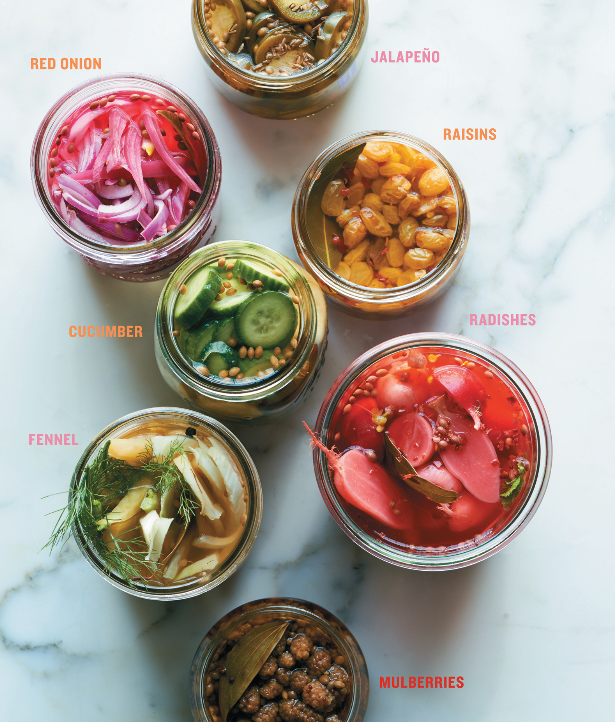 Quickles
Quickles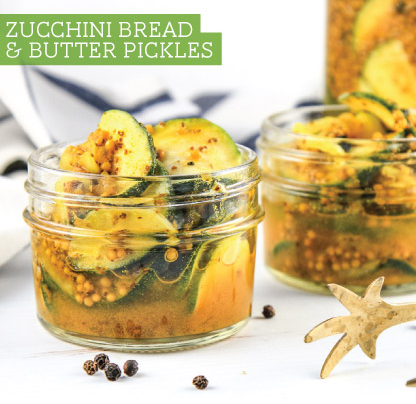 Zucchini Bread & Butter Pickles
Zucchini Bread & Butter Pickles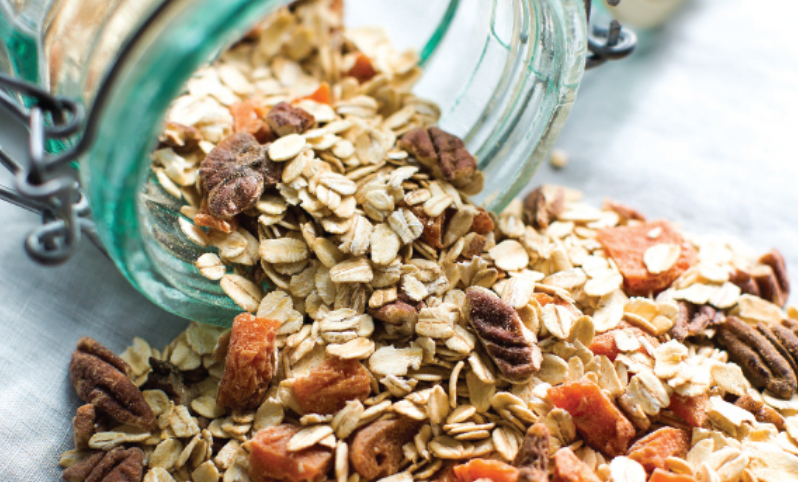 DIY “Instant” Oatmeal
DIY “Instant” Oatmeal
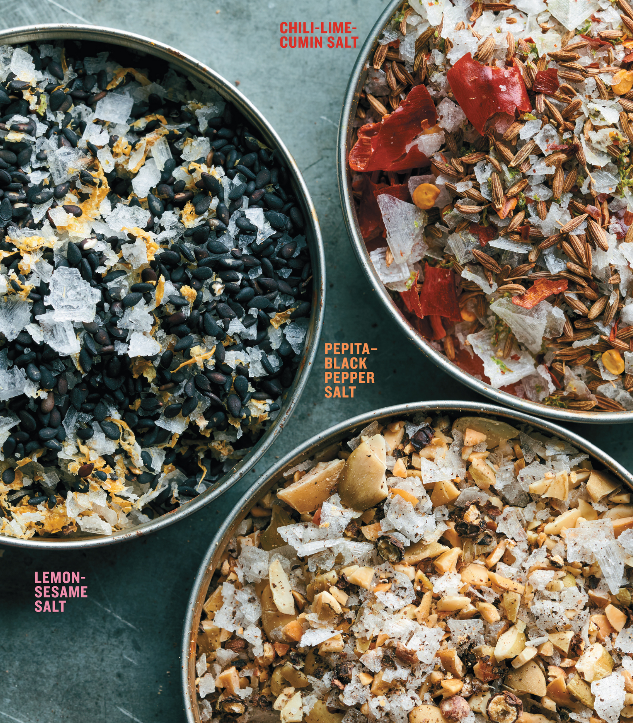 Finishing Salts
Finishing Salts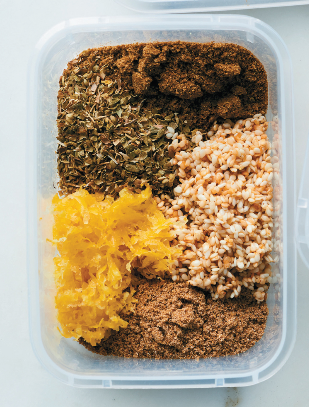 Za’atar Blend
Za’atar Blend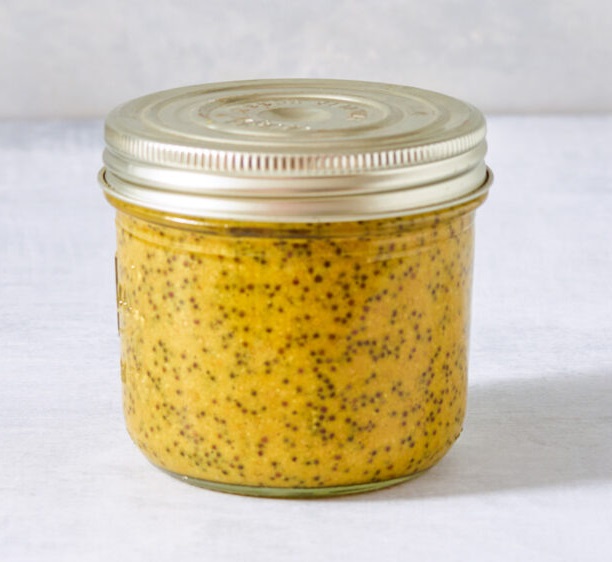 Seedy Mustard
Seedy Mustard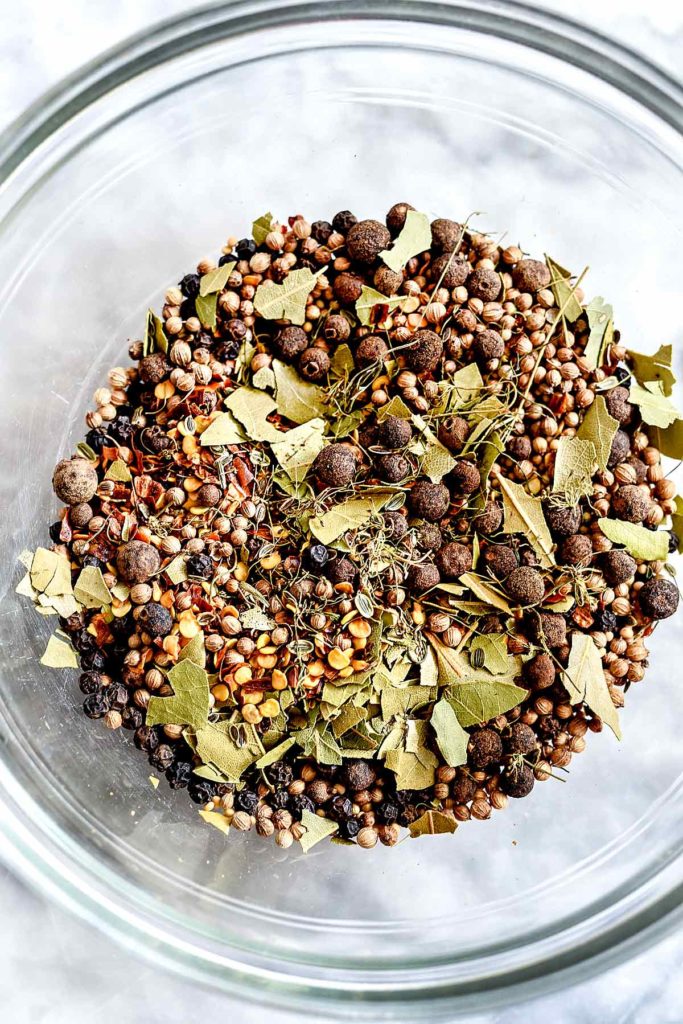 Pickling Spice Blend
Pickling Spice Blend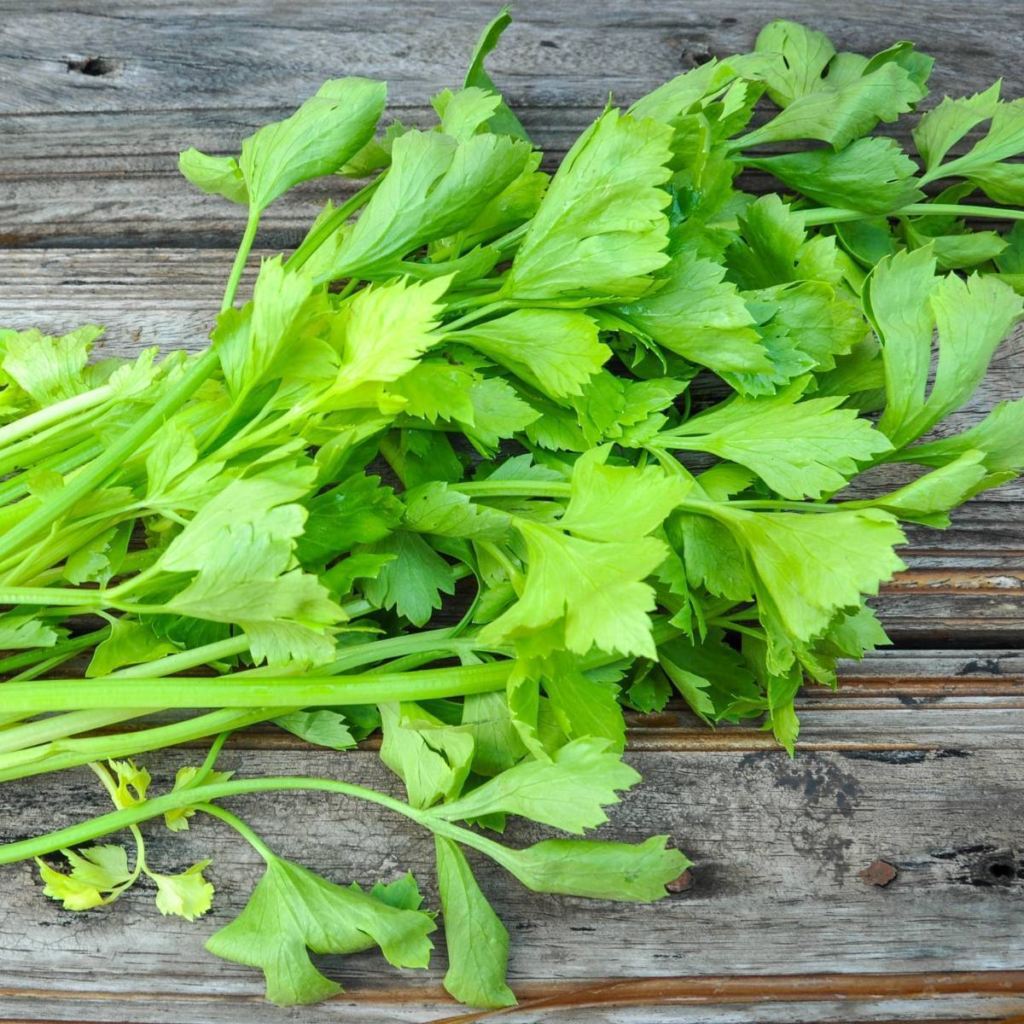 What to do with Celery Leaves
What to do with Celery Leaves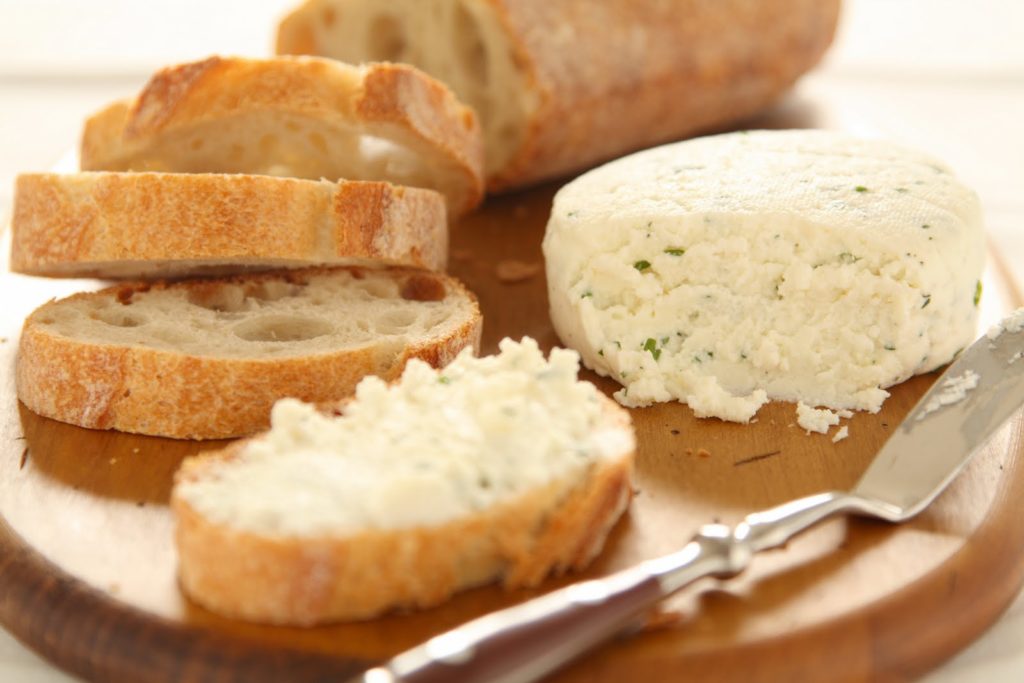
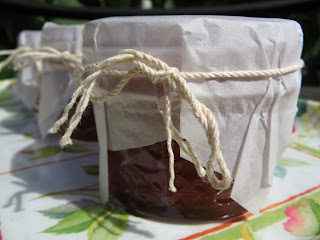 Black Currant Sun Jelly
Black Currant Sun Jelly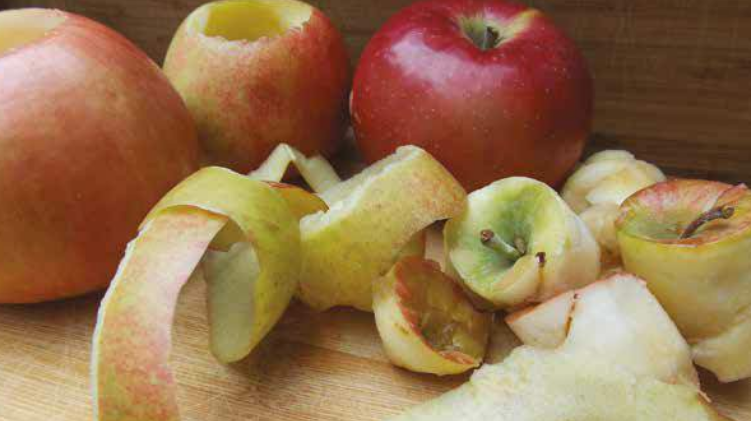
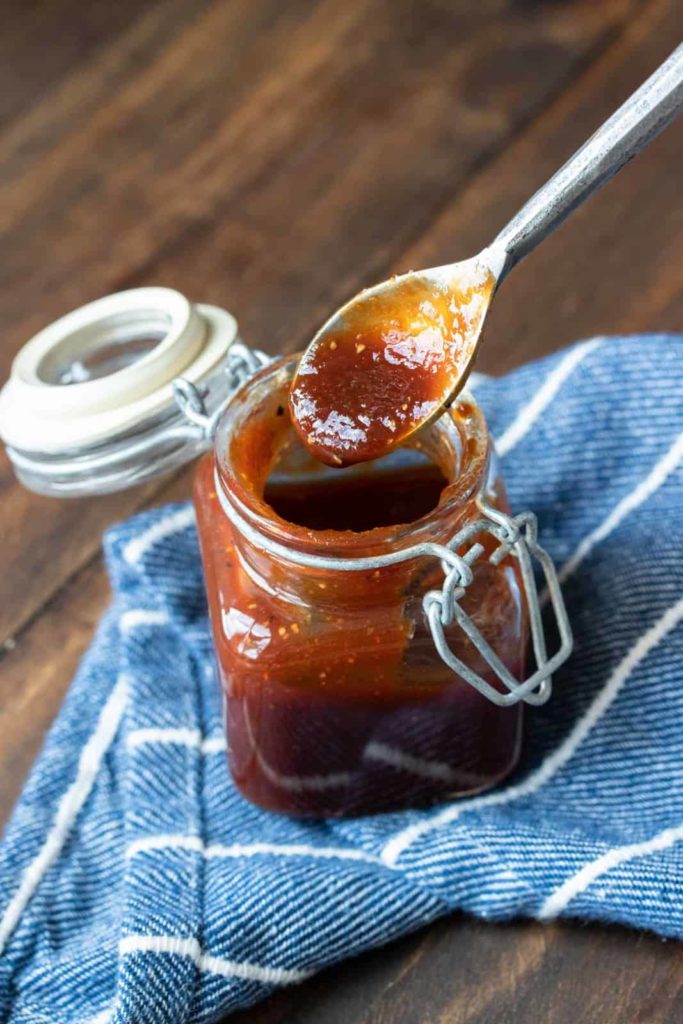
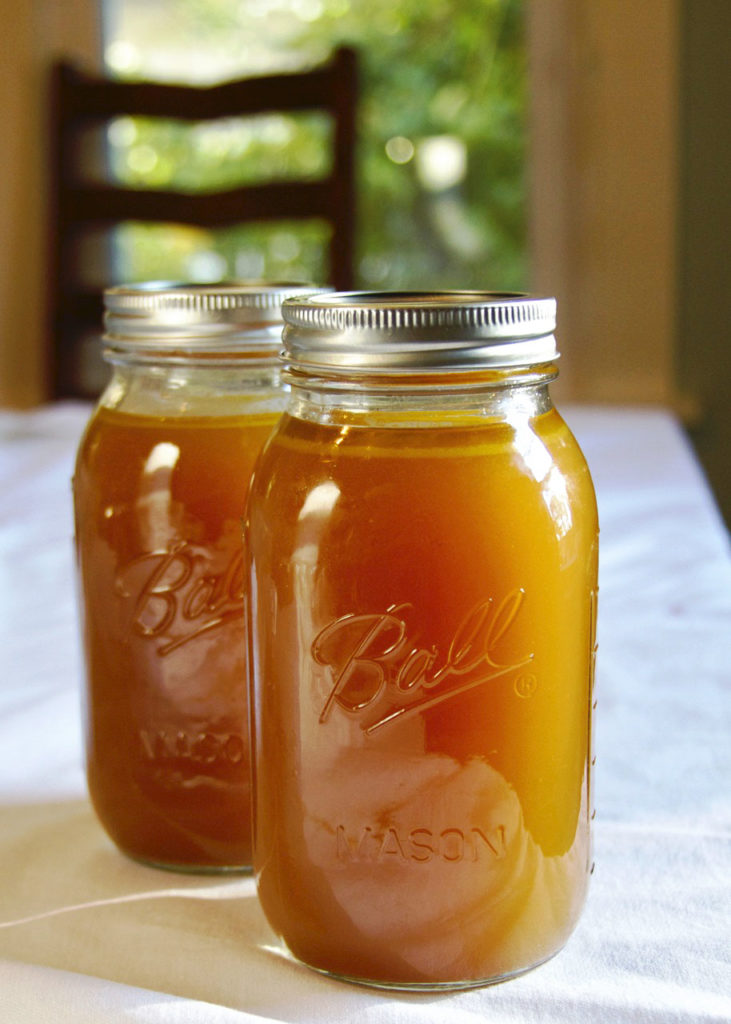
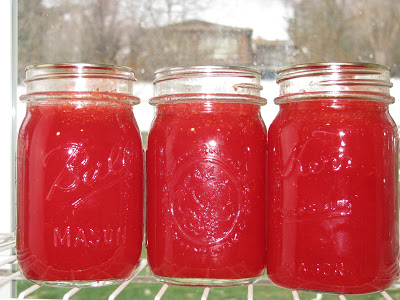


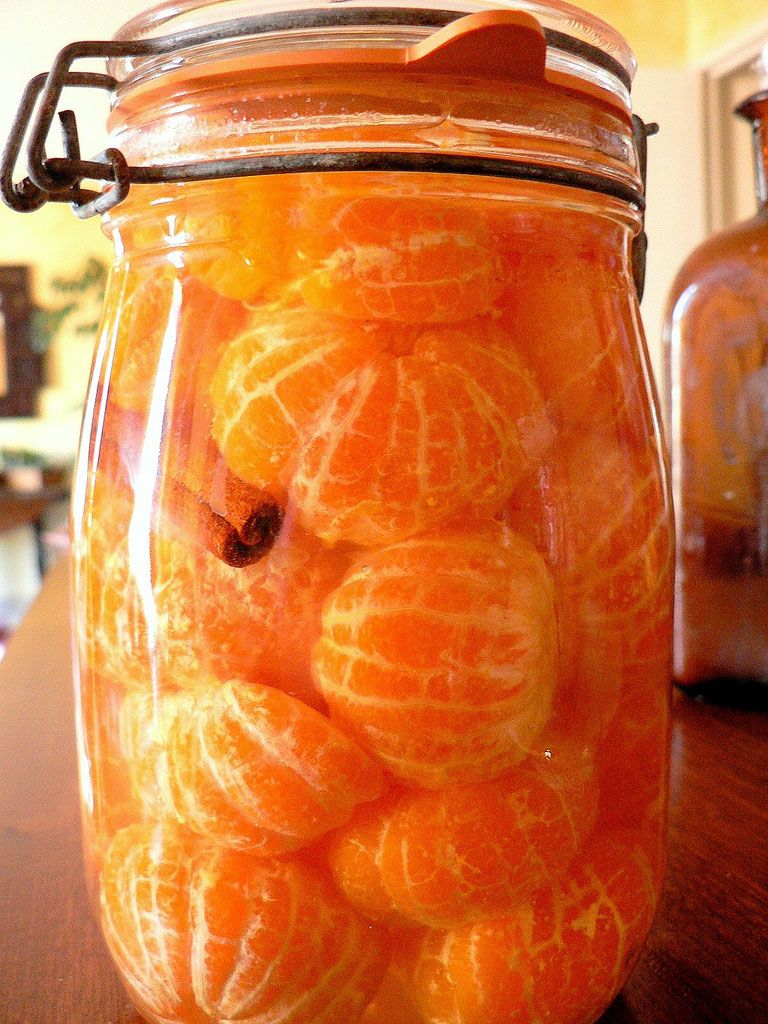
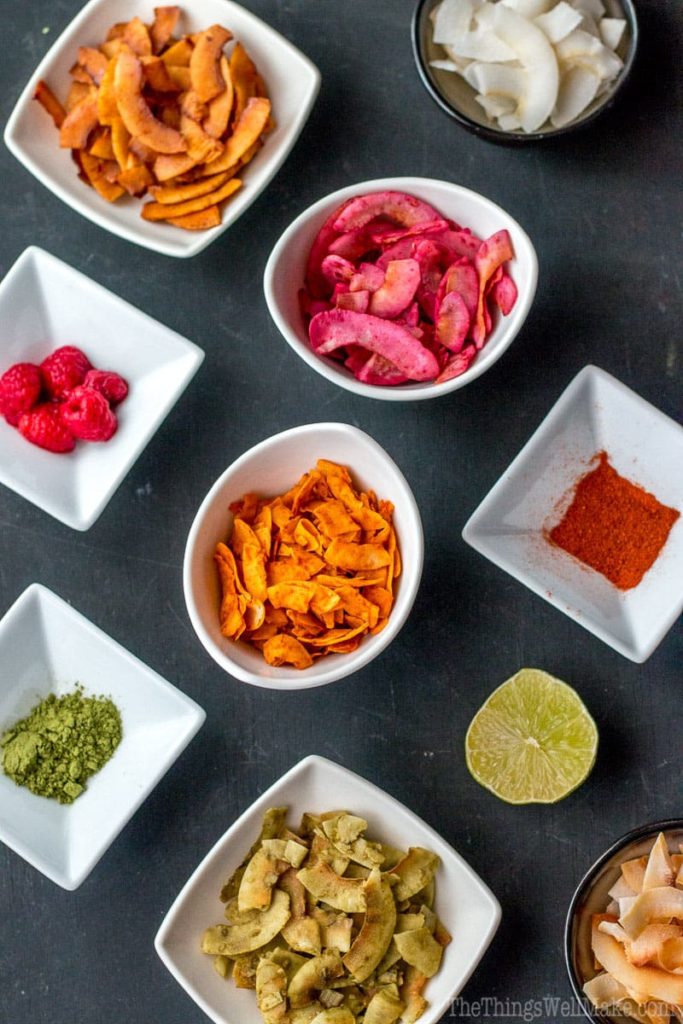 Coconut Bacon
Coconut Bacon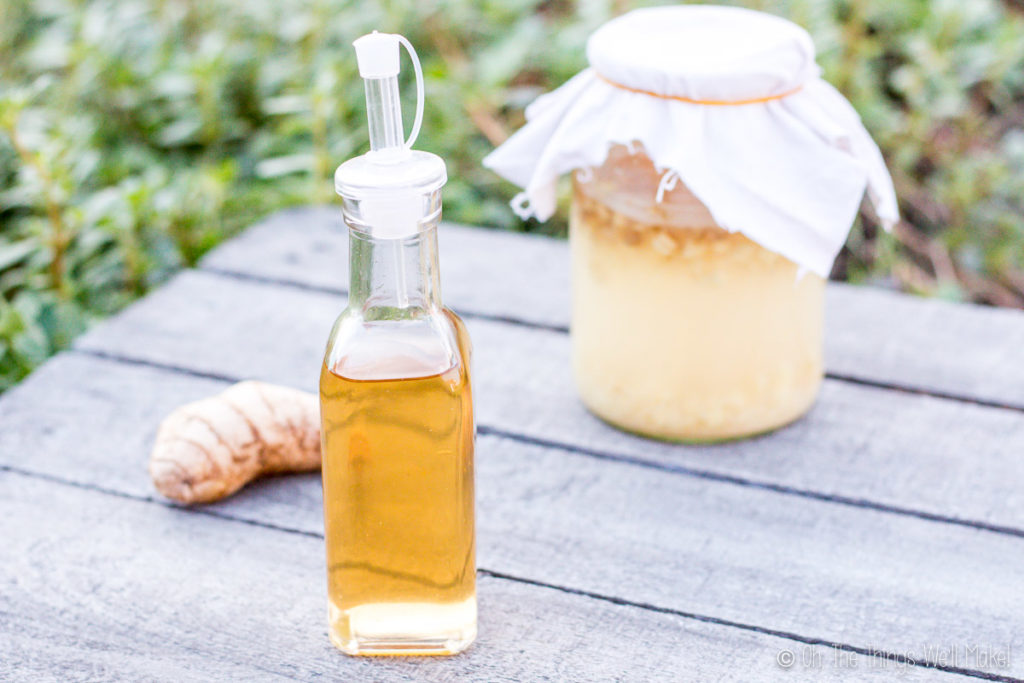 Ginger Vinegar
Ginger Vinegar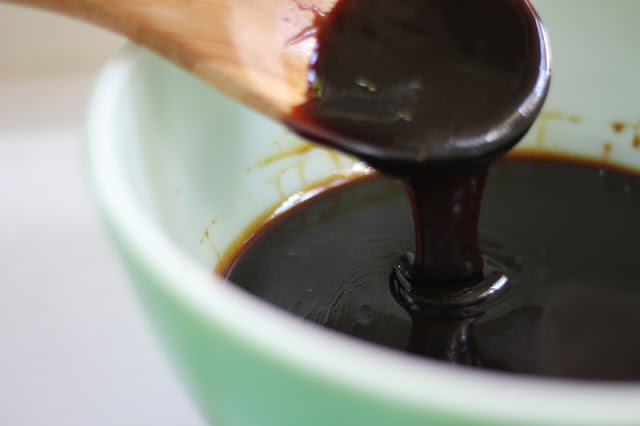
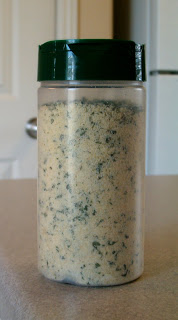
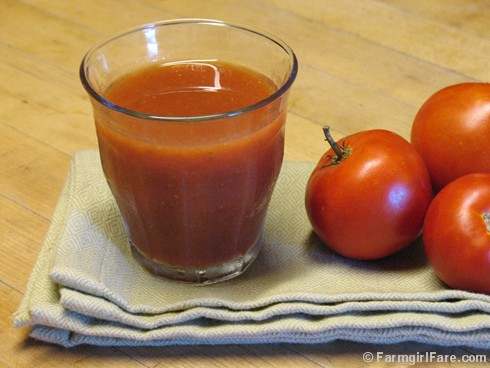
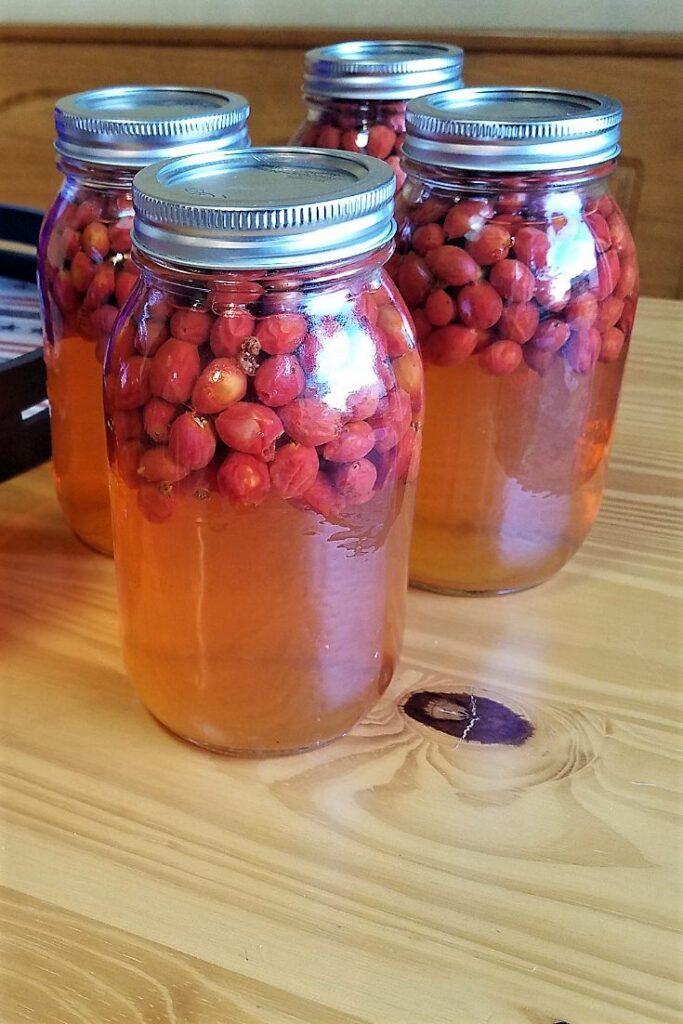 Rosehip Vinegar
Rosehip Vinegar